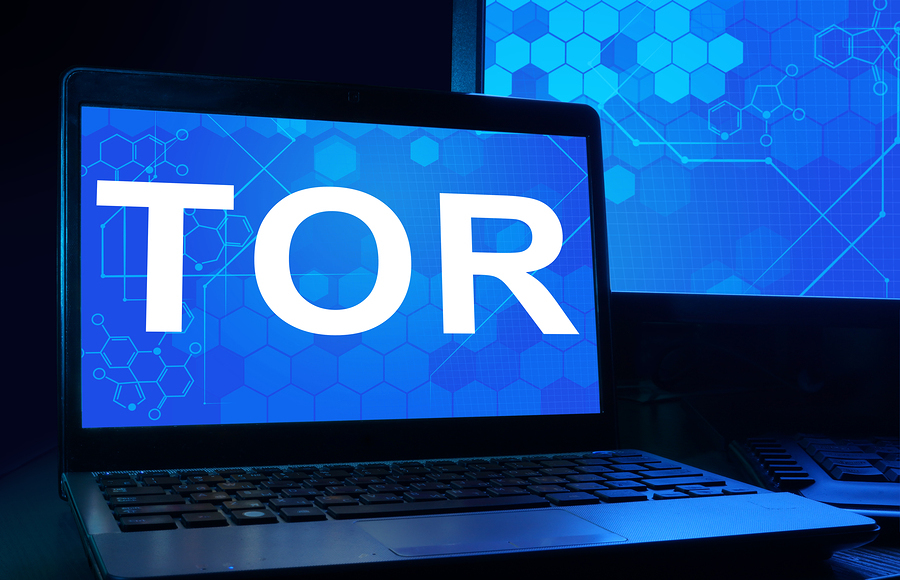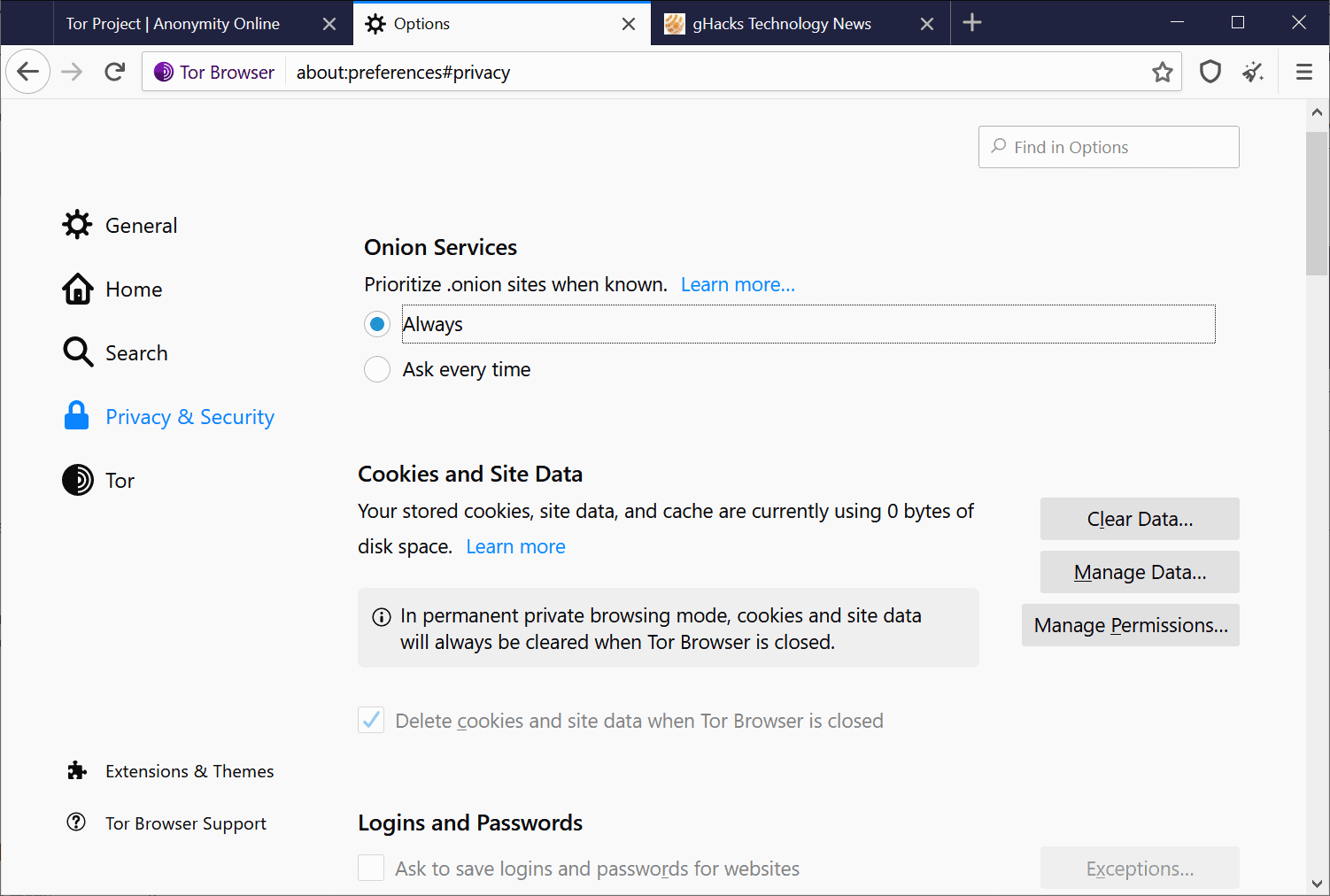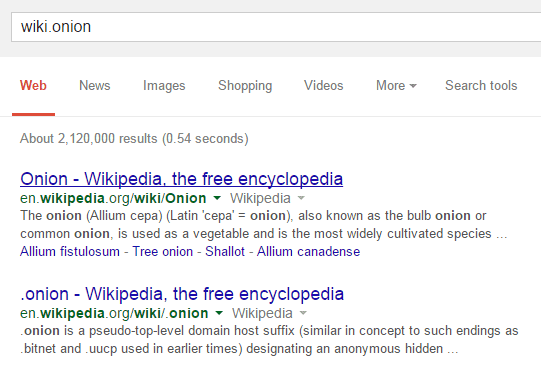

The Dark Web is also home to scammers trying to steal money from the very people trying to purchase those illicit materials and services. You can also find services offering to perform cybersecurity hacks like DDOS and botnet attacks all the way up to corporate and governmental espionage. This material ranges from the sales of drugs and counterfeit money to hacked credentials for banking accounts and streaming services. Daniel Moore and Thomas Rid, researchers at King’s College in London, classified the contents of 2,723 live dark websites over a five-week period in 2015 and found that 57% hosted illicit material. We advance human rights and defend your privacy online through free software and open networks.”Īs benevolent as its creators and some of its users are, the Tor network isn’t called the Dark Web for nothing.

We are the Tor Project, a 501(c)3 US nonprofit. However, Tor’s website states, “We believe everyone should be able to explore the internet with privacy. For many people, the Dark Web is like an abandoned warehouse that everyone knows not to go into because bad things happen in there.

Tor is not an inherently evil thing as you may have been persuaded to believe. (That’s not a real site that I’m aware of I just mashed a bunch of buttons on my keyboard.) For example, a Dark Web site only accessible from the Tor browser is nf9842n9tfjwh0.onion. Also, all websites on the Tor network are a randomized string of numbers and letters that end in “.onion” instead of the usual top-level domain suffixes like “.com” or “.org”. Without going into a bunch of technical details, the Tor browser is a completely anonymous way of accessing the internet due to the way it routes traffic across the web using its “Onion Routing” protocol. The major difference is that it is only accessible by using a specific web browser called, Tor browser.

The Dark Web is not dissimilar to the regular internet that you are accustomed to using daily.


 0 kommentar(er)
0 kommentar(er)
